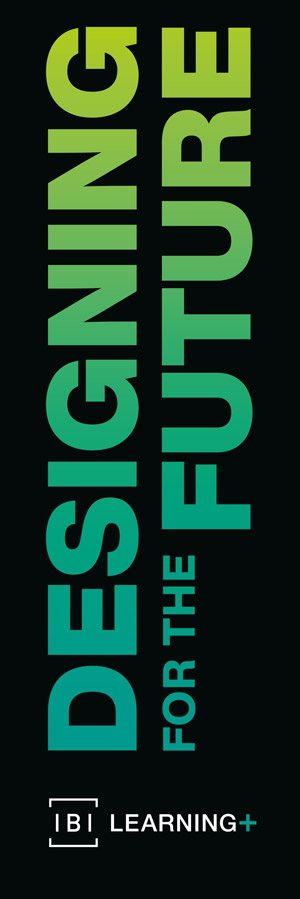New proposals, like micro-colleges and nomad universities, could radically transform the campus environment for students and teachers
Although higher education’s recent focus has largely been on the impact of the Covid-19 pandemic, innovative proposals to dramatically reshape universities have been in discussion for years. In particular, reinterpreting the campus space to create “alternative universities” could transform the learning experience entirely – both for students and teachers.
At a recent THE Live US event, hosted in partnership with IBI, a global architecture, engineering, planning and technology firm, explored ways of overhauling the university environment to support learning outcomes.
Starting the discussion, Jay Deshmukh, an associate senior architect at IBI, said that for much of her career in campus architecture, she has viewed “the environment as the third teacher”, after educators and families.
David Staley, a professor of history at Ohio State University and the author of Alternative Universities: Speculative Design for Innovation in Higher Education, echoed this view and spoke of the importance of moving away from the “commoditisation” of education in favour of “enterprise-level innovation in terms of the purpose and mission of our institutions”.
One of the ways that this can be achieved is through micro-colleges. These institutions, Staley said, are “made up of one faculty and only around 20 students”. He described a model where thousands of micro-colleges are built around a learning community that involves seminars, self-paced courses, Oxford-style tutorials and peer-to-peer learning. Deshmukh added that “these institutions could have strong connections with one another, leading to the creation of learning ecosystems or even learning cities”.
Another model for institutions to consider is the “nomad university”. Staley explained that this approach is based on the idea that “education occurs everywhere”. At a nomad university, students and teachers travel around the globe, form and reform in different places and learn in situ. Perhaps they engage in an irrigation project in sub-Saharan Africa or explore community policing issues in Baltimore.
The third model touched on during the webinar was that of the “platform university” – a physical space that facilitates interactions between teachers and students but where the space is agnostic. Deshmukh explained that this model was particularly interesting in terms of “spatial characteristics” as the “university itself becomes about facilitating interactions, about having spaces that are reconfigurable, and displaying a fluid interconnectedness that allows an emergent curriculum to develop”.
Whether in terms of encouraging polymathia or establishing play as the ideal form of learning, there are many innovative ideas around how to transform and develop the higher education space.
Of course, this won’t be easy and will involve a variety of stakeholders – not just architects and educators. As Staley said, “Redesigning the university will involve redesigning the entire job market, too.”
Watch the webinar on demand above or on the THE Connect YouTube channel.
Find out more about IBI.

